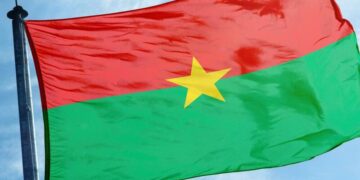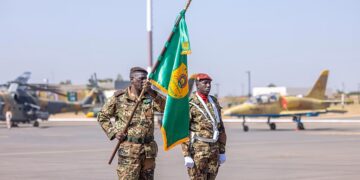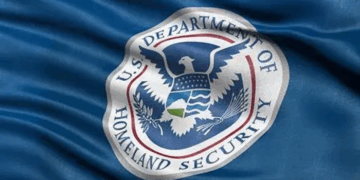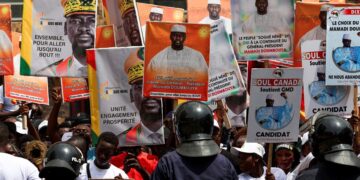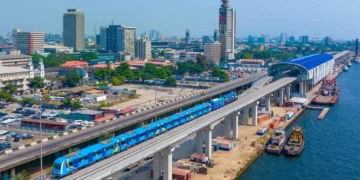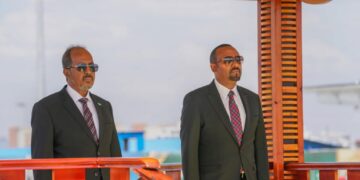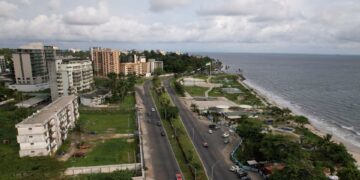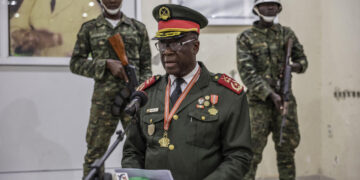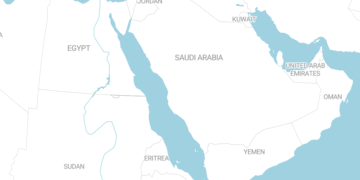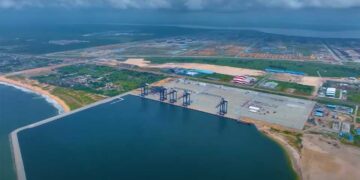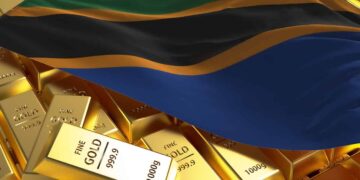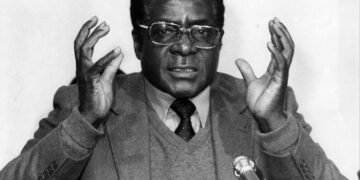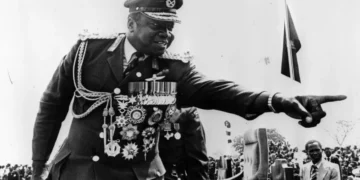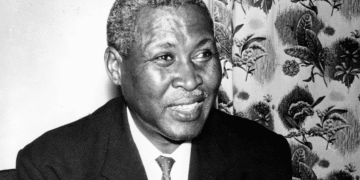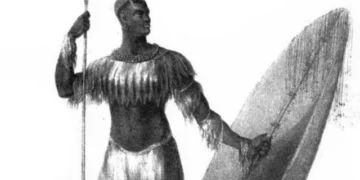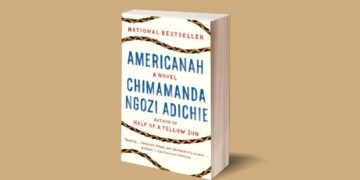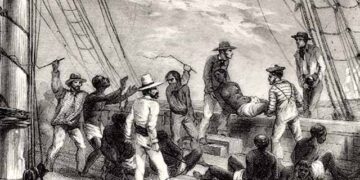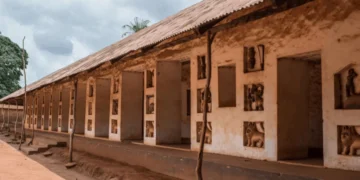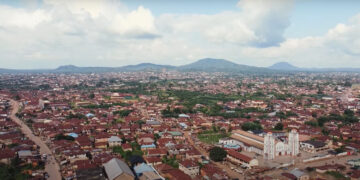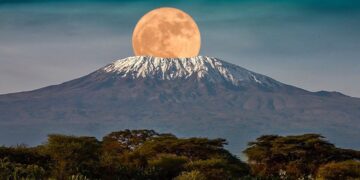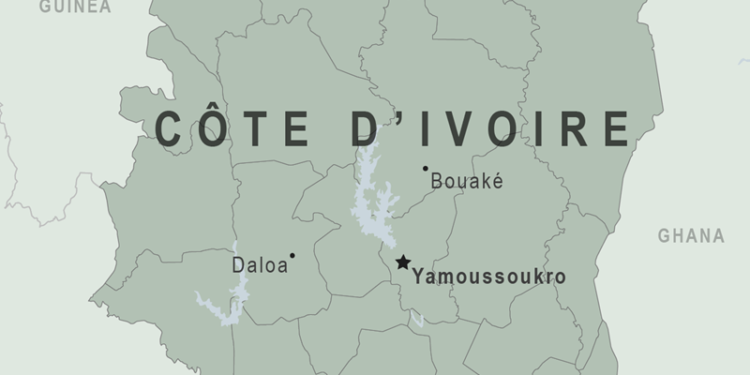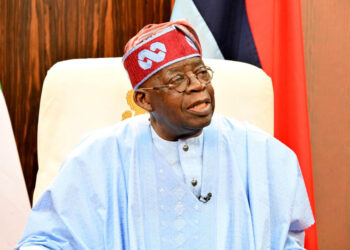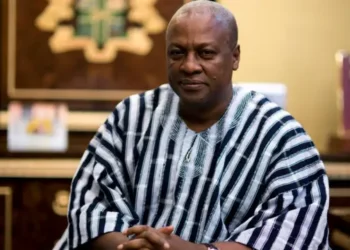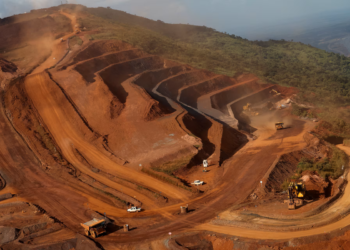Côte d’Ivoire (Ivory Coast), country located on the coast of western Africa. Ivory Coast has two capital cities. Yamoussoukro has been the official capital since 1983, but Abidjan remains the administrative capital and the officially designated economic capital. Most countries maintain an embassy in Abidjan. The official language of Côte d’Ivoire is French. French is the primary language used in government, education, and business, although there are over 60 local languages spoken across the country. Before colonialism, Ivory Coast was made up of numerous kingdoms including the Kong, Bouna, Bounkani, Senufo, Malinke and Baule among others. The country has a diverse ethnic makeup. Côte d’Ivoire is home to more than 60 ethnic groups, with the Baoulé being the largest ethnic group, followed by the Bété, Senufo, and Malinke.
The country gained independence from France on August 7, 1960. After years of French colonial rule, Côte d’Ivoire became a sovereign nation. Ivory Coast takes its name from the intensive ivory trade that took place in the region from the 15th to 17th centuries. However, the country officially changed its name to Cote d’Ivoire in 1986. For more than three decades after its independence from France, Cote d’Ivoire or Ivory Coast was known for its religious and ethnic harmony, as well as its well-developed economy. Côte d’Ivoire is rich in natural resources. The country has significant deposits of gold, diamonds, iron ore, and oil, which contribute to its economy.
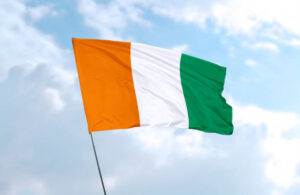
The economy of Côte d’Ivoire is largely based on agriculture. Côte d’Ivoire is one of the world’s leading producers of cocoa beans, coffee, and palm oil. After independence, Ivory Coast enjoyed economic and political stability for several decades. During the 1980s and 1990s, Abidjan was known as the “the Paris of West Africa” and its business district as “the Manhattan of West Africa” due to the city’s impressive skyline and location beside a lagoon. It was also considered one of Africa’s principal cities in terms of fashion, culture, and standard of living. Ivory Coast is the world’s largest producer and exporter of cocoa beans, exporting over $3.8 billion worth of beans in 2019.
However, Côte d’Ivoire’s monetary unit is the CFA (Communauté Financière Africaine) franc. From independence the CFA was pegged to the French franc; beginning in 2002, it was tied to the euro. The Central Bank of the States of West Africa (Banque Centrale des États de l’Afrique de l’Ouest) is the bank of issue for member states including Benin, Burkina Faso, Guinea-Bissau, Mali, Niger, Senegal, and Togo as well as Côte d’Ivoire. Many foreign and domestic banks, credit institutions, insurance companies, and real estate agencies exist in the country, most of which have headquarters in Abidjan. The city is also home to a regional stock exchange, Bourse Régionale des Valeurs Mobilières, that serves the French-speaking countries of western Africa.
Côte d’Ivoire is home to four UNESCO World Heritage Sites. One of which is the Mount Nimba Strict Nature Reserve, which it shares with Guinea. The reserve is rich in flora and fauna. The reserve is home to the Nimba Range, a chain of mountains that culminate at Mount Nimba. At 1,752m (5,748ft), it is the highest mountain in both Ivory Coast and Guinea. Also, the famous UNESCO-listed Taï National Park is located in Côte d’Ivoire. Taï National Park is known for its rich biodiversity and is home to various endangered species, including pygmy hippos, chimpanzees, and African elephants. While the UNESCO-listed Comoé National Park is one of the largest protected areas in West Africa. It has an area of approximately 11,500 square kilometers (4,440 square miles) and is known for its plant diversity. Additionally, the UNESCO-listed historic town of Grand-Bassam was the French colonial capital until a yellow fever epidemic broke out in 1896, causing the French to relocate the capital. The town was a popular resort until a 2016 terrorist attack killed 16 people, many of them foreigners.
The national dish of Côte d’Ivoire is Attiéké with grilled fish or chicken. Attiéké is a popular local dish made from cassava and is often served with grilled fish or chicken. Also, the country has a vibrant music and dance culture. Côte d’Ivoire is known for its lively music genres such as coupé-décalé and zouglou, which have gained popularity throughout Africa. Côte d’Ivoire is known for its vibrant traditional attire. The traditional clothing of Côte d’Ivoire includes colorful fabrics and patterns that reflect the diverse cultural heritage of the country.
Islam is followed by about two-fifths of the population, found primarily in the northwest and in Abidjan. About one-third of the population is Christian, mostly Roman Catholic or Evangelical. Also present in the country are followers of the Harrist faith, a syncretic religion indigenous to Côte d’Ivoire. Founded by William Wade Harris during World War I, it claims an estimated 100,000 adherents in the country. According to the 2021 census, it is professed by 42.5% of the total population. As of the late 1980s, only the most devout Muslims in Ivory Coast prayed, fasted, and gave alms as required by strict tenets of Islam, and only the wealthiest performed the hajj. The massive immigration of Muslims from the Muslim majority countries Burkina Faso and Mali helped to increase the number of Muslims substantially.


